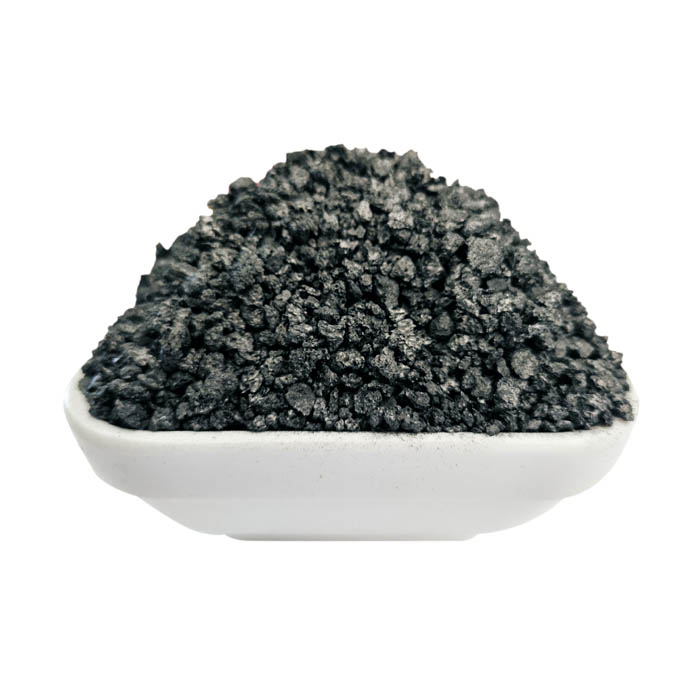sep . 04, 2024 08:19 Back to list
china perlite or vermiculite for vegetables
Comparing Perlite and Vermiculite for Vegetable Cultivation
When it comes to growing vegetables, choosing the right growing medium is crucial for ensuring healthy plants and robust yields. Two popular options are perlite and vermiculite, both of which are derived from natural mineral sources and are widely used in horticulture. While they may look similar and serve some overlapping functions, they have distinct characteristics that make them suitable for different gardening needs.
Perlite is a volcanic glass that, when heated, expands and transforms into lightweight, white granules. Its primary feature is its excellent drainage capabilities. This property makes perlite an ideal choice for plants that prefer drier conditions or require well-drained soil. For instance, vegetables like tomatoes and peppers benefit from perlite because it prevents oversaturation, thereby reducing the risk of root rot. Additionally, perlite is pH-neutral and reusable, making it an environmentally friendly option.
On the other hand, vermiculite is a hydrated magnesium iron aluminum silicate, which also undergoes a heating process to create its characteristically flaky granules. Unlike perlite, vermiculite excels in moisture retention and aeration. This characteristic makes it a prime candidate for growing seedlings or plants that need consistent moisture, such as lettuce and cucumbers. Vermiculite can hold up to three to four times its weight in water, which is beneficial in a potting mix to ensure adequate hydration for young plants.
china perlite or vermiculite for vegetables

When deciding between the two, gardeners should consider their specific needs. If the goal is to create a well-aerated potting mix that drains quickly, perlite is the better choice. Conversely, for plants that thrive in moist conditions or for seed starting applications, vermiculite is more suitable due to its ability to retain water without becoming soggy.
Moreover, both of these materials can be mixed to create a balanced growing medium. For instance, combining perlite and vermiculite in equal parts can provide the best of both worlds—adequate moisture retention while still allowing for proper drainage.
In conclusion, both perlite and vermiculite have unique advantages that cater to different types of vegetables and cultivation methods. Understanding the characteristics of each can help gardeners make informed choices, ultimately leading to healthier plants and more bountiful harvests. Whether choosing perlite for its drainage properties or vermiculite for its moisture retention, the right medium can make all the difference in vegetable gardening success.
-
High-Quality Fe-C Alloy Leading Manufacturers & Spherical Alloy Materials Supplier
NewsJun.10,2025
-
Premium Low Nitrogen Recarburiser Supplier & Manufacturer – High Quality Exporters
NewsJun.10,2025
-
DT4 High-Quality Magnetic Materials Leading DT4 Manufacturer & Supplier
NewsJun.10,2025
-
High-Performance Spring Steel Suppliers Custom Solutions
NewsJun.10,2025
-
Premium SWRCH6A Manufacturer Steel Wire Supplier & Factory
NewsJun.10,2025
-
Premium Mild Steel Wire Rod Supplier & Manufacturer
NewsJun.10,2025
